Parents work hard to do everything they can to provide healthy environments for their children. A major part of that -- and perhaps one of the most important inputs to one's life -- is nutrition. Unfortunately, the modern western diet has not been so kind to society, and children's dietary intakes have suffered with the combination of ultra-processed foods and lower quality agriculture.
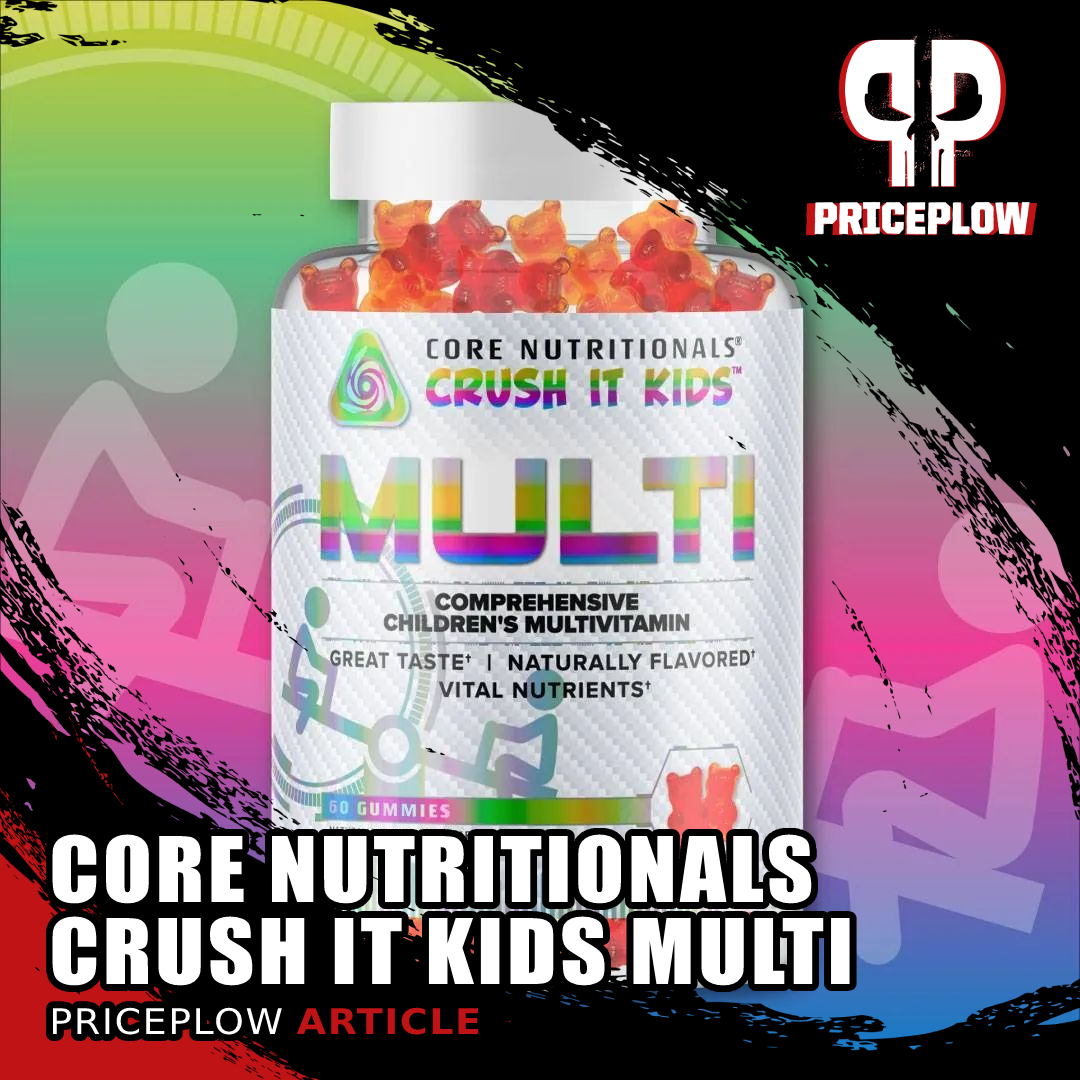
Core Nutritionals Crush It Kids Multi is here to help parents fill nutritional gaps for their children. They're naturally flavored and naturally colored gummies that have no artificial sweeteners.
Doug Miller and his team at Core Nutritionals can't solve all of those problems -- those are on the parents to navigate -- but they certainly can help. It all starts with a new phase of Core Nutritionals product development known as Crush It Kids. Today, we're proud to introduce to you the first of this lineup, Crush It Kids Multi.
Crush It Kids Multi: Naturally Flavored and Colored Gummy Multivitamin
Crush It Kids' Multi is a naturally flavored, naturally colored gummy multivitamin to help parents cover a few more bases in their children's diets. Each serving is two gummies, perfect as a "dessert" for a healthy breakfast before sending those kids out into the world.
As a new series of supplements, this is a great new counterpart to Core Nutritionals Lifeline Series, which targets specific health systems for adults. Here, we're hoping for a new line of Kids supplements, to help parents navigate through the growing challenges of our modern food situation.
The ingredients are covered below, but first, see where you can save using PricePlow, and sign up for our Core Nutritionals alerts to get notified when more come out:
Core Nutritionals Crush it Kids MULTI – Deals and Price Drop Alerts
Get Price Alerts
No spam, no scams.
Disclosure: PricePlow relies on pricing from stores with which we have a business relationship. We work hard to keep pricing current, but you may find a better offer.
Posts are sponsored in part by the retailers and/or brands listed on this page.
Below, we get into what's provided in a single two gummy serving of Crush It Kids Multi. On the label, the daily value percentages are broken down between children 1-3 years and children 4+ years. When quoting %DV here in this article, we're using the 4+ range in order to include more readers.
Additionally, after we discuss these ingredients, we have a few words to say about kids' diets. It's important to realize that these are supplements and that the overconsumption of processed foods is a serious problem in today's society, far greater than what multivitamins alone can solve. Crush It Kids Multi is just part of the solution.
Crush It Kids' Multi Ingredients
-
Vitamin A (as Acetate) – 630 micrograms (70% DV)
Vitamin A is one of the critical fat-soluble ingredients that is useful for eyesight and immunity.[1,2] It's also important for the development of reproductive systems,[3] which is important for all of you aspiring grandparents (perhaps scary to think about right now, but worth planning)!
Additionally, Vitamin A boosts cell growth, plays an important role in the maintenance and development of the heart, lungs, and other vital organs such as the kidneys.
-
Vitamin C (as Ascorbic Acid) – 20 milligrams (22% DV)
The popular antioxidant in vitamin C is a mainstay in children's vitamins and immunity supplements, so it's no surprise to see it here. It works as an antioxidant by preventing free radical cascades from causing cell damage, which leads to immune-boosting effects.[4-6] What's great is that it boosts both sides of the immune system -- the adaptive immune system and the innate immune system.[4-6]
Digging deeper, vitamin C assists with several immunity functions:[5]
- Improved microbial removal
- Boosts the function of natural killer (NK) cells that remove infected cells
- Reduces tissue damage
- Boosts both T-cells and B-cells, strengthening immunity
- Lowers the risk of pathogens entering cells through the epithelial barrier
- Protects against oxidative stress
- Functions as a cofactor for numerous important enzymes
- Promotes collagen synthesis for growth
Vitamin C deficiency, on the other hand, is well-documented to lead to greater risk of infections and overall decreased immunity.[4,5] Even worse, infections can reduce vitamin C levels,[5] leading to a negative feedback loop if not assisted.
Thankfully, vitamin C supplementation has been shown to help limit and reduce the intensity of common illnesses and respiratory conditions.[5] There's a reason why it's in every multivitamin!
-
Vitamin D (as Cholecalciferol) – 10 micrograms (50% DV)
Kids can get meaningful amounts of Vitamin D a few different ways -- we of course encourage parents to get them out in the sunshine as much as possible, but supplements are great to fill the gaps. Vitamin D is critical for bone production, digestion, mental health, and proper immune function.[7] It's even great for overall life expectancy!
Supplemental Vitamin D helps your body generate the active hormonal form just like your skin is able to do with sunshine!
In general, most of the research for vitamin D and children revolves around bone growth,[7] which in and of itself is enough to include a large dose. Some researchers even believe that suggested intake numbers are far too low, and are based on mathematical miscalculations, and more should be supplemented, even in children![8]
We're happy to see that Crush It Kids has a high dose of vitamin D, beating most gummy formulas we've seen.
-
Vitamin E (as Dl-Alpha Tocopheryl Acetate) – 7.42 milligrams (49% DV)
We've covered some of the popular immunity boosters, now it's time to look at healthy skin. The first ingredient that comes to mind for skin care is often vitamin E, which supports the body's biggest organ by protecting it from free radical damage.[9]
Like vitamin A, vitamin E can support eye health.[10] Its benefits go beyond that, since it also promotes muscular health.[10]
Crush It Kids Multi uses an interesting 7.42 milligrams from alpha tocopheryl acetate, and looking at this and the vitamin D dosage, it seems that they're going for 50% DV -- the rest is on mom and dad to fill the other 50%.
-
Vitamin B6 (as Pyridoxine Hydrochloride) – 2 milligrams (118% DV)
Next up? Brain health.
Vitamin B6 is needed to produce several key neurotransmitters in the brain. These are especially important for learning, memory and even brain-derived neurotrophic factor (BDNF) expression.[11] Vitamin B6 has been shown to improve neurobehavioral disorders in children,[12] but note that the study also included magnesium, which is not included in Crush It Kids Multi (perhaps opportunity for a mineral supplement is coming).
Vitamin B6 is also needed for red blood cell production. This is a dose that goes above the daily recommended values, and should alleviate any concerns over deficiencies,[13] which generally result in cognitive issues.
-
Folate (as folic acid) – 230 micrograms (58% DV)
Going beyond multivitamins, parents may be very interested in the Core Lifeline Series
Another B vitamin that's also known as vitamin B9, folic acid is synergistic with vitamins B6 and B12 to help regulate homocysteine levels. This is important because elevated homocysteine is associated with heart disease.[14] Although that's not generally something that affects children, times are changing, and it's important to do everything to prevent cardiovascular issues later in life.
More direct to children, folic acid is used to prevent folate deficiency, which is crucial for brain, skull, and spinal cord development. Interestingly, it's also been associated with not just a mood boost,[15] but also an increase in appetite![16]
-
Vitamin B12 (as Cyanocobalamin) - 6 micrograms (250% DV)
Often associated with vitamin B6 and folic acid is vitamin B12, which has been paired with folic acid to improve mood.[15] This is a large dose that should ward off deficiency, which is rare but can manifest in neurologic conditions.[17]
A large meta-analysis on vitamin B-12 status in children and pregnant mothers shows that the vitamin's importance cannot be overstated given its importance to brain development, fetal growth, child growth, and neural myelination.[18]
We're confident that this "Crush It" level dose gets the job done and then some.
-
Biotin – 60 micrograms (200% DV)
Biotin is also known as vitamin B7, and while it's best known for its role in hair, skin, and nail care, it's involved in numerous physiological processes.
Kids may even be interested in the Core MRP meal replacement protein... although they may not initially be so into this (amazing) Carrot Cake flavor that came out alongside S'mores!
Biotin is actually an important cofactor for four enzymatic processes known as carboxylases, which interact with the mitochondria for adequate cellular health.[19] These processes use biotin to improve health functions in several ways:[19]
- Better glucose conversion in the liver and kidneys
- Fatty acid metabolism
- Leucine breakdown and absorption (leucine is the most anabolic branched chain amino acid)
There are other fatty acids and amino acids biotin assists with as well[19] -- the point is that this isn't just for hair, skin, and nail care. It's critical for nutrient metabolism.
-
Pantothenic Acid (as D-Calcium Pantothenate) – 5.2 milligrams (104% DV)
Also known as vitamin B5, pantothenic acid is another metabolic-enhancing vitamin. Its main function is to support fatty acid synthesis and breakdown as well as numerous other anabolic processes.[20] It's also important for red blood cell production and can prevent heart disease later on in life, while assisting brain, skull, and spinal cord development early on in life.
Deficiency of vitamin B5 is rare, and we're not generally concerned with it for any Crush It Kids using this multi!
-
Iodine (as Potassium Iodide) – 42 micrograms (28% DV)
Something we love seeing in multivitamins and even weight loss supplements is iodine, the mineral that's critical for thyroid function.
The thyroid affects nearly everything,[21] and we want it functioning as well possible. Appropriate iodine and active vitamin A are two critically important components for that.
Iodine was originally added to bread in order to prevent goiters, a common issue with iodine deficiency. However, it was later moved to salt, where you see it in iodized salt. The issue is that iodized salt has recently been replaced by non-iodized sea salts, and in conjunction with highly-competing chlorine and fluoride in our water supplies and bromine in our food, we're now seeing iodine deficiency re-emerging in America.[22]
This is a monumental issue, because iodine is critical for thyroid and hormone health. With deficiency re-emerging, hypothyroidism is a threat once again,[23] which can lead to fatigue,[24] cognitive decline,[25] feeling cold,[21] and even a slower heart rate.
We've found that supplying iodine to someone who is iodine-deficient functions like a massive wake-up call. We're happy to see some provided here in Crush It Kids Multi, but encourage parents not to fear the salt, and if they cannot find other sources of iodine (such as small fish), then use iodized salt and skip the fancy sea salt nonsense.
-
Zinc (as zinc citrate) – 2.7 milligrams (25% DV)
Zinc is the well-known immune-boosting mineral. While zinc deficiency has been linked to weakened immune systems,[26-28] the mineral has been shown to be effective in terms of shortening cold durations and protecting against respiratory infections. Zinc and vitamin C, both in Crush It Kids Multi, are great to see together for these purposes.
Get to know the guys behind Core! Team PricePlow Joins The Boss Status Podcast with Doug Miller and Patrick Mabe for Episode #8. You can also dive into the business behind PricePlow and Mike and Ben's inner workings
Later on in life, zinc is important for hormonal development and skin health. Parents are generally on the lookout for the immune system boosting benefits - this is a great starting dose, but it's important to get more in through diet - which is generally best done through meat.
-
Inositol – 40 micrograms
Crush It Kids Multi includes one last nutrient that doesn't have a recommended daily value, but we believe is important for brain development. That's inositol, which is a sugar used in the brain and body for healthy cell membranes and neurotransmitter activity.[29,30]
Inositol is very beneficial for mental health, while low inositol levels are highly correlated with mood disorders.[30] With inositol, researchers have found improved dopamine and serotonin production.[30]
Naturally flavored, naturally colored, and no corn syrup!
Crush It Kids Multi is naturally flavored, with three different flavors inside (natural cherry, natural strawberry, and natural orange). The red ones are especially tasty.
In addition, Crush It Kids uses natural colors, including purple carrot juice concentrate and beta-carotene.
But as always, it's important to remember that these are supplements, not total solutions. We still have more bases to cover in children's nutrition:
Sidebar: Modern kids diets are under extreme attack, and we need to do more
Children have been some of the most unfortunate recipients of the ongoing tragedy that is the modern western diet, full of ultra-processed foods. Childhood obesity and even NAFLD (non-alcoholic fatty liver disease) are at never-before-seen levels,[31,32] and this isn't from lack of multivitamins. It's from a food supply full of sugar and inflammatory oils that are effectively toxic to all humans - especially children.
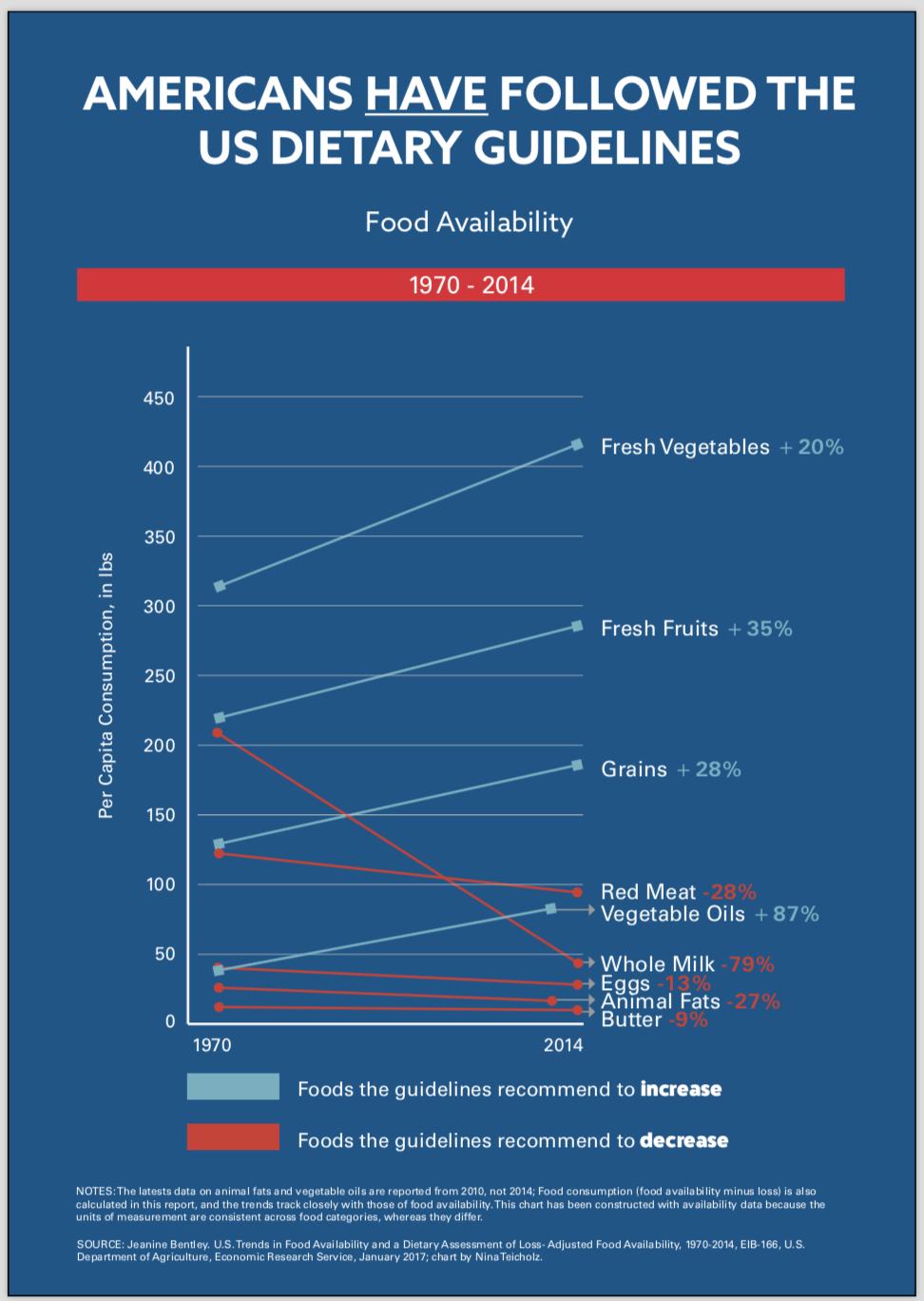
Americans did listen to the food guidelines.. and we got sicker and fatter than ever. Are we sure red meat, saturated fat, and cholesterol are really the issue?!
These issues didn't exist prior to the use of pervasive amounts of processed seed oils such as soybean oil, canola oil (rapeseed oil), sunflower oil, safflower oil, corn oil, and other processed "vegetable" oils that are high in inflammatory omega-6 fatty acids like linoleic acid,[33-38] whose consumption have led to catastrophic consequences and hunger.[39-46] Linoleic acid content in human fat content has increased by 136%,[47] evidence that it is a serious part of the problem.
The solution: ditch the processed foods, feed kids what they ate a few generations ago
Our solution is simple: get back to ancestral eating, which includes red meat and saturated fat. It also means you're going to have to start cooking more, but it's worth doing. Whereas omega-6 vegetable oils are unstable and prone to rancidity, saturated fats are stable. The data used in the 1950s to vilify saturated fats are now known to be unworthy of modern scientific standards,[48] and newer data shows that saturated fat does not have a relationship with heart disease.[49]
Sadly, parents are feeding their children less meat, although it consistently improves every metric in child performance, including growth, cognition, behavior, and overall nutrient status.[50-56] Meat is a great first food to introduce after breastfeeding[51] (which is also important for child's health), and many studies show it to be very healthy for children in schools,[50,52,53,55] and up to young women.[56]
Meat (and even some organ meats that mix well into ground beef) bring nutrient density, which is exactly what parents looking for multivitamins are ultimately looking for. The rule is simple: protein first, then the children can enjoy their carbs. It never works the other way around.
Crush It Kids Multi: A delicious way to supplement
Crush It Kids Multi is a great way to boost an already-healthy day for children. While it's not a solution, it's an effective gap-filler and deficiency-stopper. It should help alleviate some concerns that all parents have, and with no artificial colors or sweeteners, mom and dad can rest easy knowing that they're not giving their kids stuff like red #40 that's really not necessary for any human, let alone children.
We want kids to be happy, healthy, and active, so that they can be the next generation to Crush It. Doug Miller and his team at Core Nutritionals know that this is done through physical activity, sunshine, family time, and whole foods - but sometimes, you need a bit more help, and that's where Crush It Kids Multi comes in.
Core Nutritionals Crush it Kids MULTI – Deals and Price Drop Alerts
Get Price Alerts
No spam, no scams.
Disclosure: PricePlow relies on pricing from stores with which we have a business relationship. We work hard to keep pricing current, but you may find a better offer.
Posts are sponsored in part by the retailers and/or brands listed on this page.
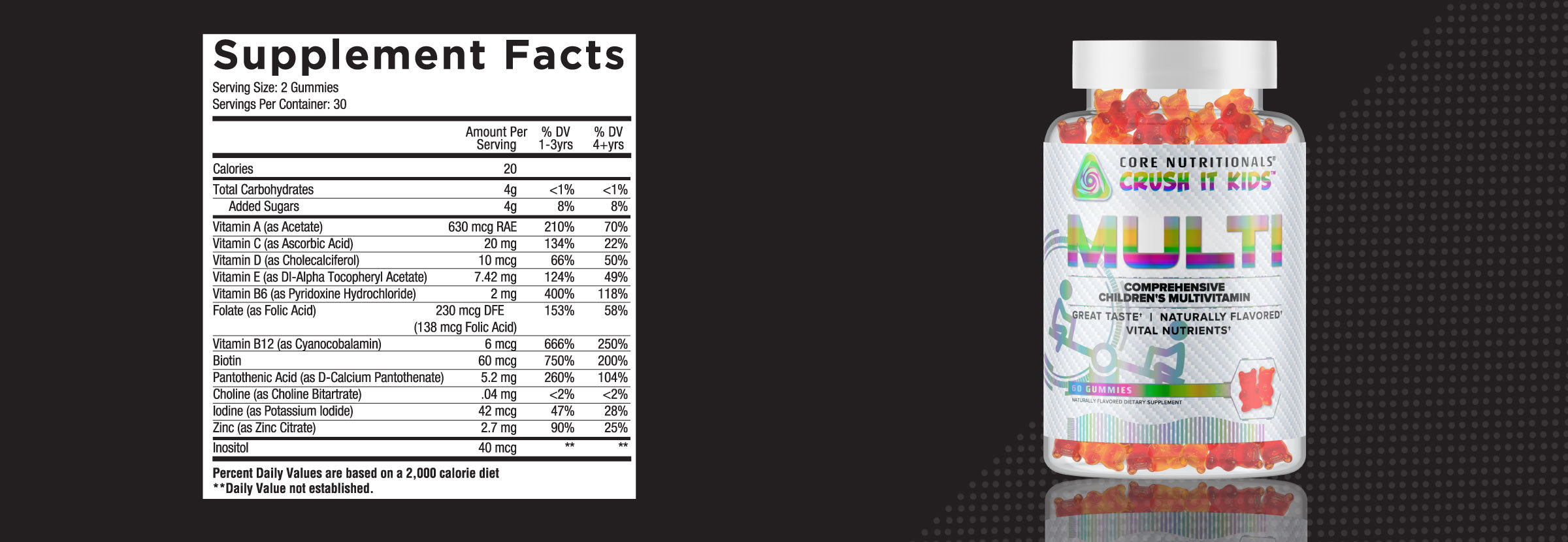
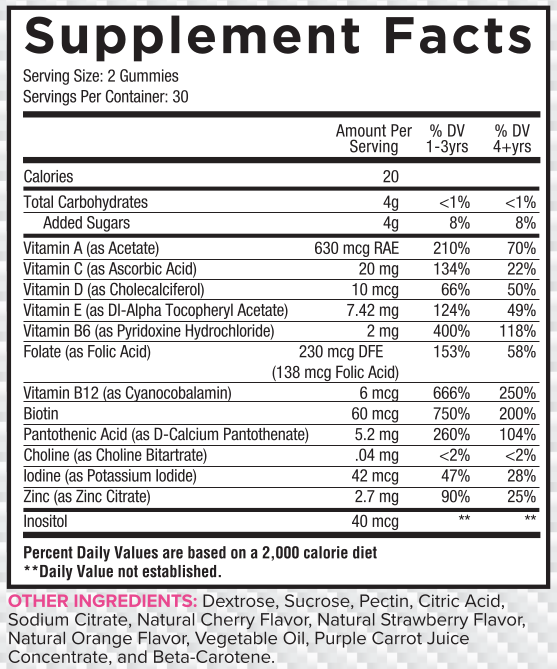

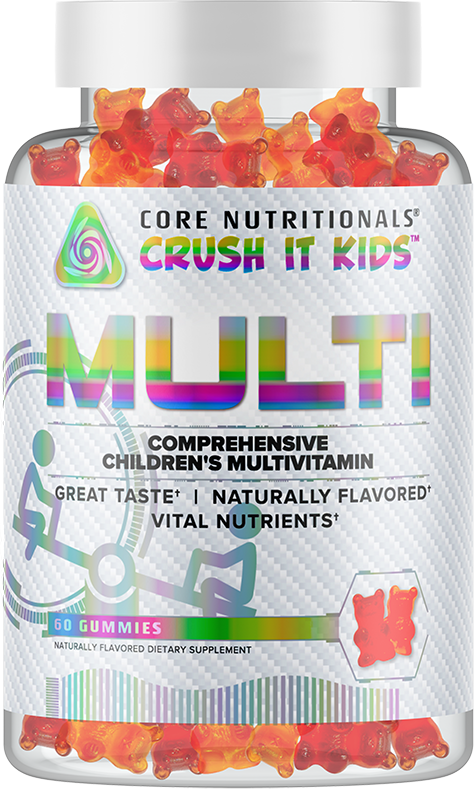

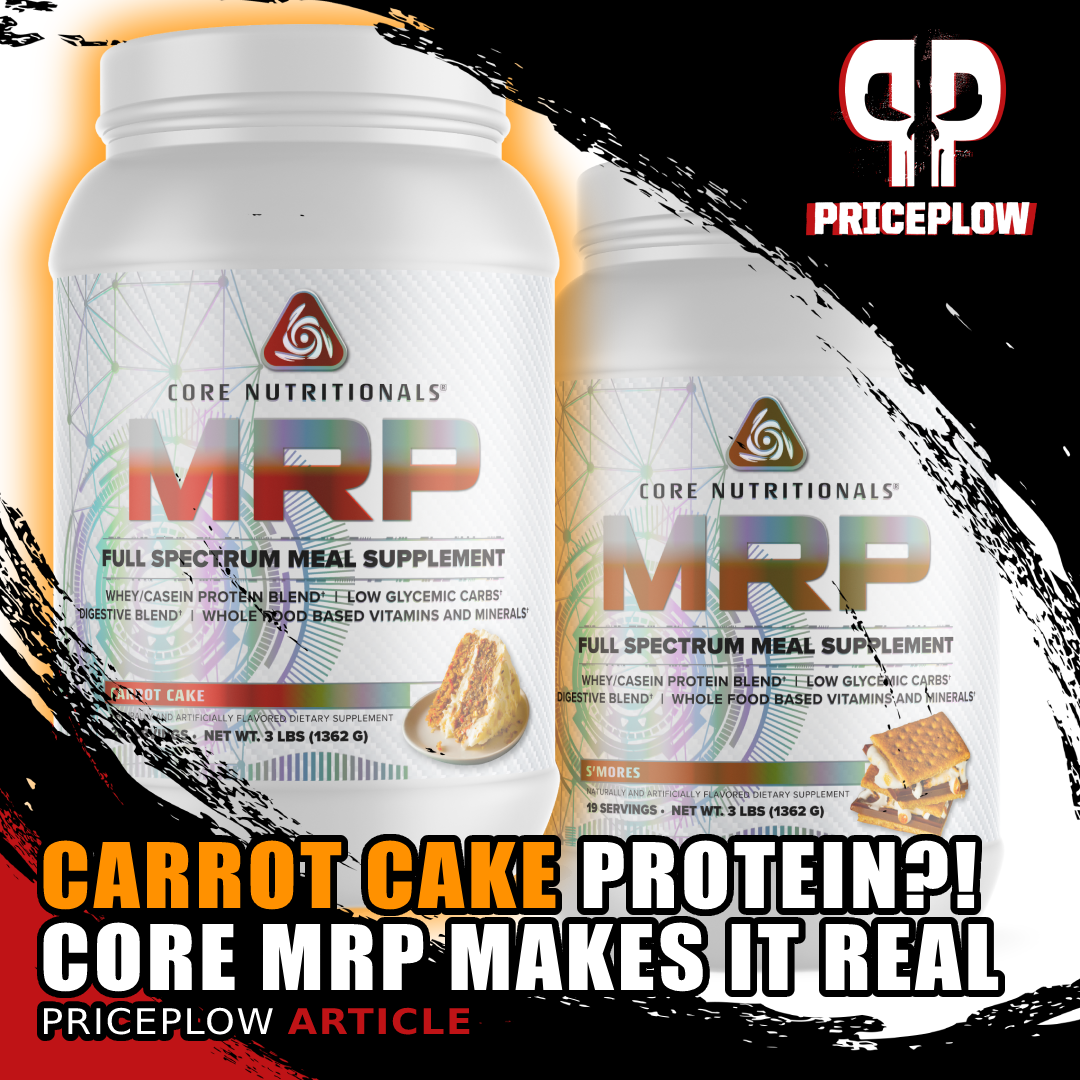
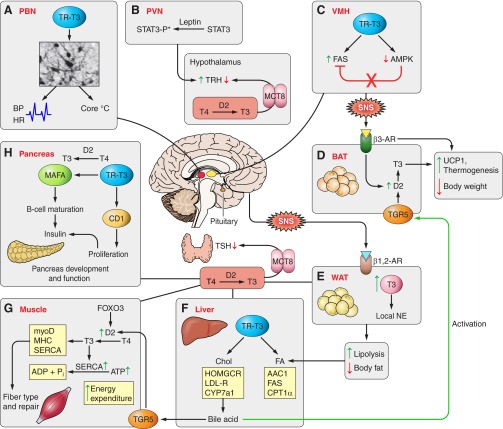

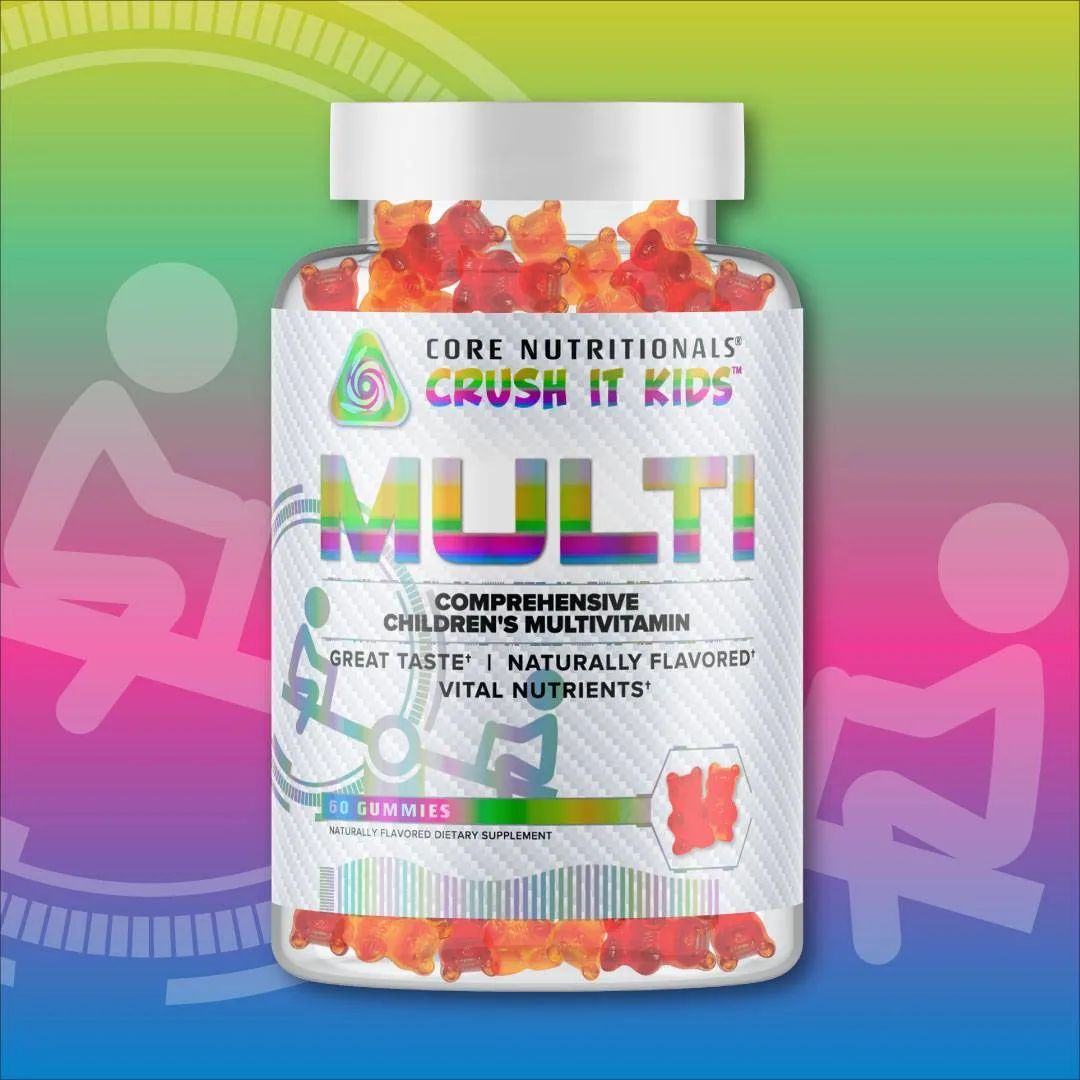
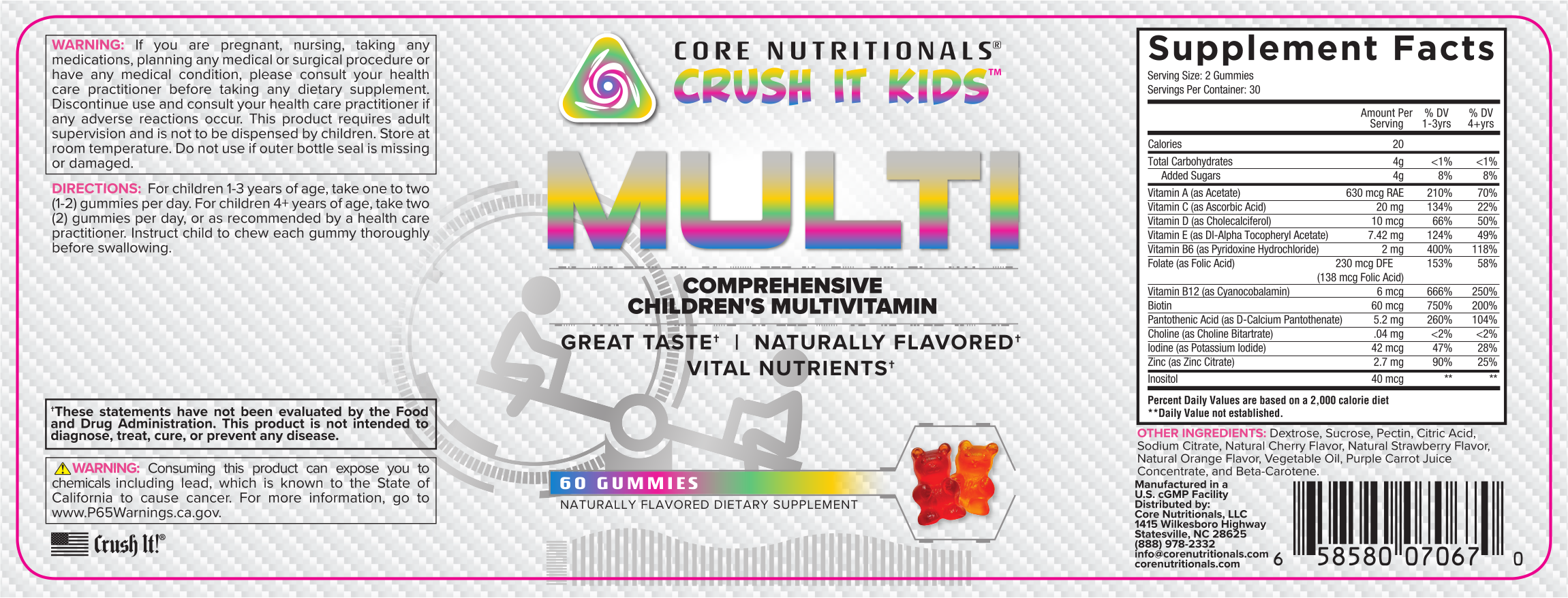


Comments and Discussion (Powered by the PricePlow Forum)